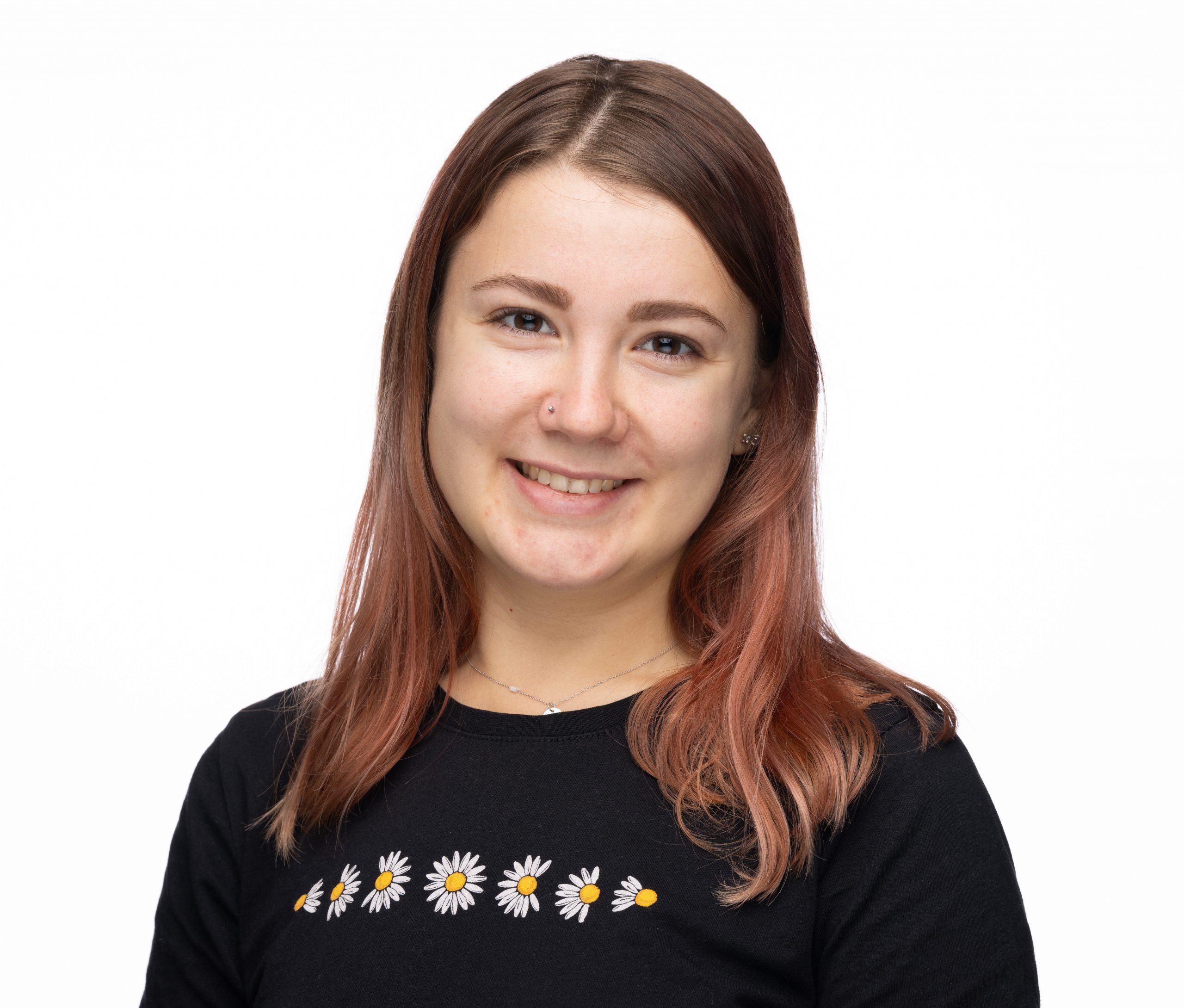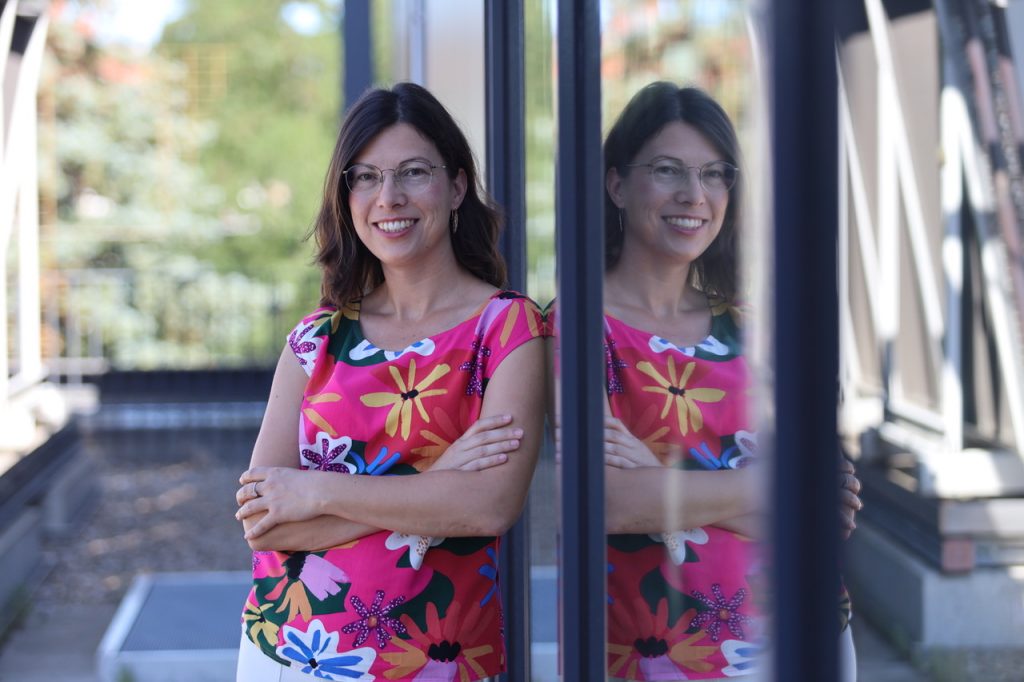Core Facility Session
Wednesday, 10.09.2025, 12:00 pm – 1:00 pm
Chairs: Anne Gompf und Jochen Behrends
Most recent
Core facilities play a crucial role in modern research by providing scientists with access to advanced instrumentation, expert guidance, and high-quality data. While their primary function is to offer standardized services, they also act as innovation hubs, driving method development, interdisciplinary collaboration, and the expansion of technological frontiers. Operating at these boundaries requires balancing routine workflows with exploratory research, adapting to diverse user needs. This session will explore how core facilities can extend beyond their traditional roles to foster scientific innovation while maintaining efficiency and accessibility.

Julia Kornienko
European Molecular Biology Laboratory (EMBL), Heidelberg
Applying image-enabled cell sorting to decipher the mechanism of RBM20 mislocalization in dilated cardiomyopathy
Several neurological diseases and cardiomyopathies are caused by aberrant protein localization and granule formation. The recent development of the high-throughput imaging-enabled cell sorting technology (ICS, Schraivogel et al., Science, 2022) now enables isolation of cells harboring such aberrant phenotypes from a heterogeneous sample in a high-throughput manner. We applied ICS to decipher the pathobiological mechanism of dilated cardiomyopathy (DCM), caused by mutations in the heart-specific alternative splicing regulator RBM20, which are usually associated with a particularly severe form of the disease (Kornienko et al., Nat. Commun., 2023). By performing a genome-wide ICS CRISPR screen, we identified TNPO3 as the main nuclear transporter of RBM20, directly interacting with its RS-domain. We showed that pathogenic RS-domain variants abolish this interaction, which triggers their mislocalization, without affecting the splicing activity. We establish that inducing nuclear re-localization of mutant RBM20 rescues the DCM phenotype in vitro and also in an in vivo DCM mouse model. This provides a new therapeutic strategy for DCM patients with RS-domain mutant RBM20 targeted at restoring its mislocalization. Therefore, by identifying the mechanism of mislocalized RBM20 we identified a new therapeutic avenue for RBM20-DCM patients.
Biosketch
Dr. Julia Kornienko is currently a Postdoctoral Research Scientist in the lab of Prof. Dr. Lars Steinmetz at the European Molecular Biology Laboratory (EMBL). She completed her PhD at the Faculty of Biosciences of Heidelberg University in 2023. In her PhD project, she applied a combination of high-throughput image-enabled cell sorting technology with functional genomic, transcriptomic, and proteomic studies to unravel the mechanism of aberrant RBM20 localization in dilated cardiomyopathy (Kornienko et al., 2023). Julia is broadly interested in dissecting disease mechanisms by combining multi-omics with imaging or spatial readouts.

Agnes Toth-Petroczy1,2,3
- Max Planck Institute of Molecular Cell Biology and Genetics, Pfotenhauerstrasse 108, 01307 Dresden, Germany
- Center for Systems Biology Dresden, Pfotenhauerstrasse 108, 01307 Dresden, Germany
- Cluster of Excellence Physics of Life, TU Dresden, 01062 Dresden, Germany
Condensate Proteomes across the Tree of Life
Cells organize billions of protein molecules into membrane-bound and membrane-less compartments, called biomolecular condensates. Biomolecular condensates (condensates for short) are incredibly complex, often comprise hundreds to thousands of different biomolecules, mainly proteins and nucleic acids, as well as small molecules. Condensate components are dynamic as they respond to environmental changes and many condensate-forming proteins were found to partition into multiple biomolecular condensates. Therefore, systematic characterization of condensate proteomes is challenging, and limited to a few mass spectrometry and proximity labeling studies. While individually many proteins have been studied by co-localization assays using fluorescent microscopy.
To facilitate the systematic investigation of condensates, we developed computational tools, such as the CrowDsourcing COndenate Database and Encyclopedia (CD-CODE, cd-code.org) and PICNIC, a machine learning algorithm to recognize proteins involved in biomolecular condensation (picnic.cd-code.org). Proteome-wide predictions by PICNIC estimate that ~40-60% of proteins partition into condensates across different organisms, from archaea, bacteria to humans. The question remains, which particular condensate they partition into and what drives the specific localization. More proteomics experiments on purified condensates will aid the discovery of condensate partitioning codes.
Biosketch
Scientific degree
PhD in Life Sciences, Weizmann Institute of Science, Israel
MSc in Chemistry, Eotvos Lorand University, Hungary
Previous position(s)
2016-2018
Bioinformatic Case Analyst, Brigham Genomic Medicine
Department of Genetics, Brigham and Women’s Hospital and Harvard Medical School, USA
2014-2016
EMBO Post-doctoral fellow at Harvard Medical School, Boston, USA
Current position:
2018-
Max Planck Research Group Leader at the Max Planck Institute of Molecular Cell Biology and Genetics
2018- PI at Physics of Life Excellence Cluster, Technische Universität Dresden
